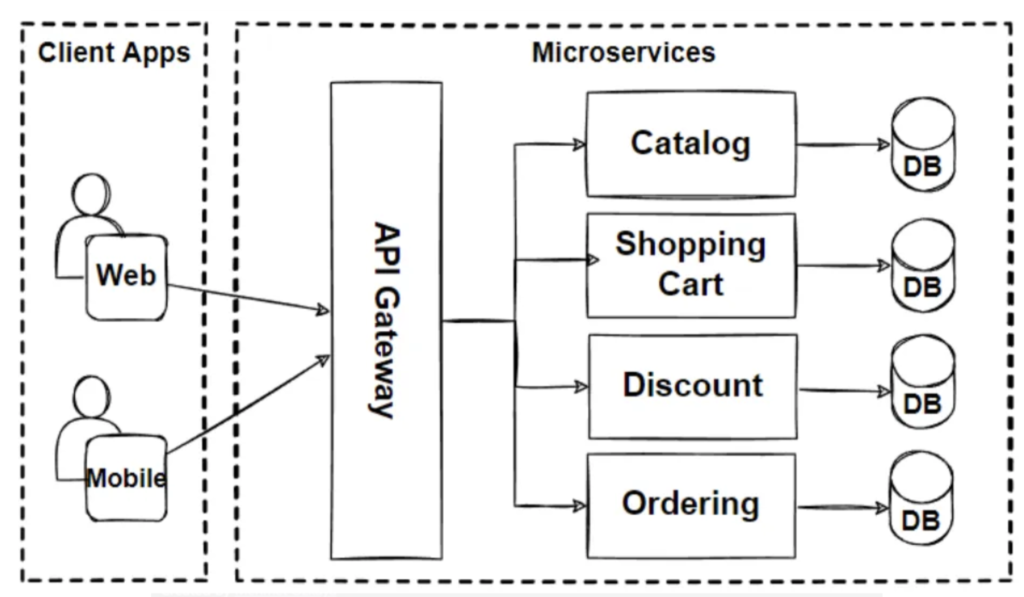Microservices architecture is a style of software design where a system is divided into a set of small, independent services, each of which is designed to perform a specific business function. These microservices can be developed, deployed, and scaled independently, making the system as a whole more flexible, scalable, and resilient. Below, I have provided key aspects of microservices.
Key Features of Microservices:
- Modularity: The system is broken down into small, manageable services, promoting modularity and ease of understanding, development, and testing.
- Independence: Each microservice can be developed, deployed, and scaled independently, allowing for faster updates and improvements.
- Distributed Development: Different teams can work on different services, potentially using different programming languages and technologies.
- Scalability: Individual microservices can be scaled horizontally, meaning you can handle increased load by simply adding more instances of a specific service.
- Resilience: The failure of one microservice does not directly impact the others, leading to higher overall system availability and reliability.
- Enhanced Data Management: Each microservice can have its own separate data storage, ensuring data consistency and integrity.
Common Microservices Patterns and Strategies:
- API Gateway: A server that is the single entry point into the system. It handles requests in either a single microservice or multiple services.
- Circuit Breaker: Helps to halt cascading failures by preventing a service from repeatedly trying to execute a failure-prone operation.
- Service Discovery: Enables automatic detection of network locations for service instances, promoting flexibility and reliability.

Challenges and Considerations:
- Complexity: Managing, monitoring, and orchestrating numerous services can become complex.
- Data Integrity: Ensuring data consistency across multiple services and databases can be challenging.
- Security: Implementing security protocols across multiple services requires a well-planned strategy.
Microservices vs Monolith:
- Microservices: A distributed approach where each service handles a specific operation, leading to increased flexibility and resilience but also complexity.
- Monolith: A single codebase for all features, making development, testing, and deployment simpler but potentially less scalable and adaptable.
Popular Tools and Technologies:
- Docker: Used for creating containers that host microservices, ensuring environment consistency and isolation.
- Kubernetes: Helps manage, scale, and orchestrate containers, simplifying the deployment of microservices.
- Spring Boot: A Java-based framework that simplifies the creation of stand-alone, production-grade Spring-based microservices.
Real-World Implementation:
Microservices are widely used by tech giants like Netflix, Amazon, and Uber to handle their complex, evolving, and scalable systems efficiently. Each service is dedicated to a specific operation or business logic, and collectively, they contribute to the seamless performance of the overall application.
Conclusion:
Microservices architecture is instrumental in creating scalable, adaptable, and resilient software systems. While it brings increased complexity in management and operations, the benefits of modularity, scalability, and distributed development often outweigh the challenges for large, dynamic applications. It’s essential to carefully evaluate the system’s requirements, potential growth, and maintenance challenges to decide if the microservices approach is the optimal choice.



Comments are closed.